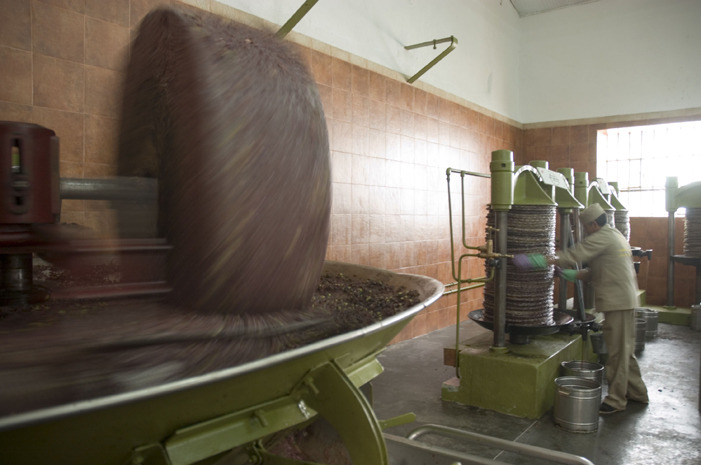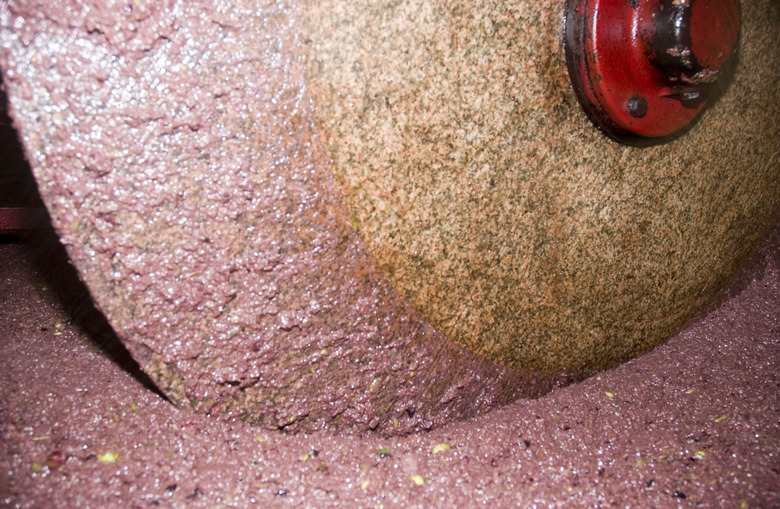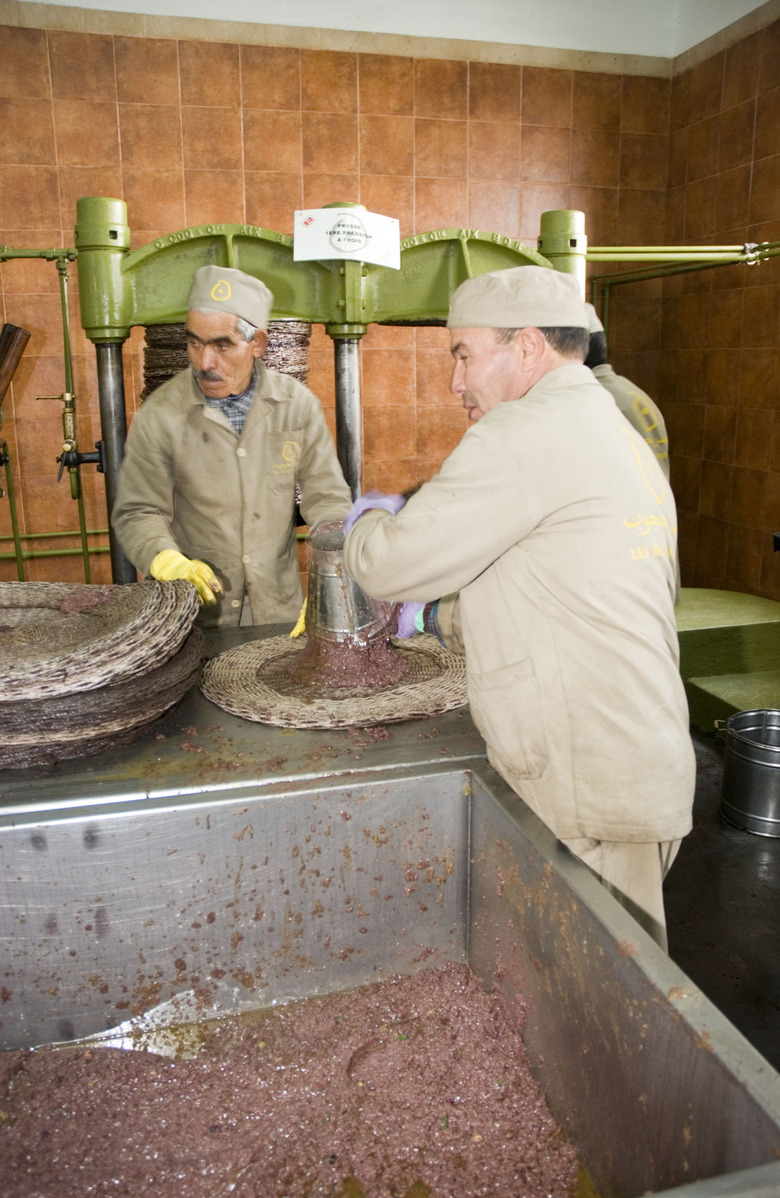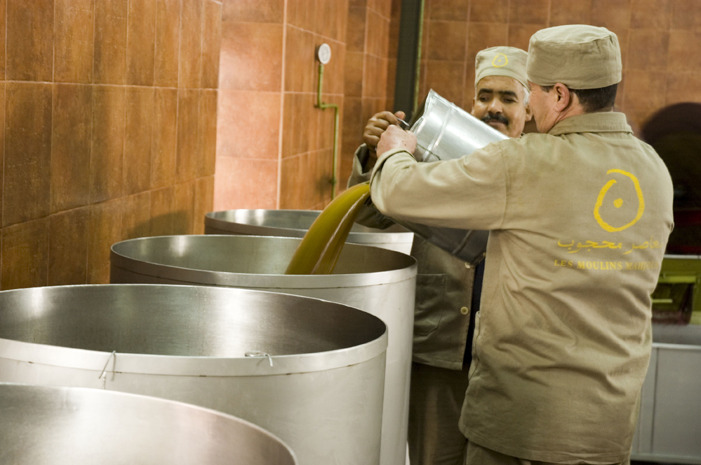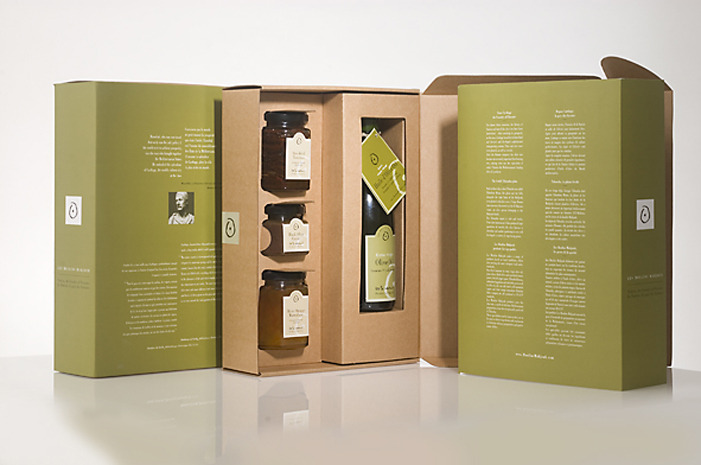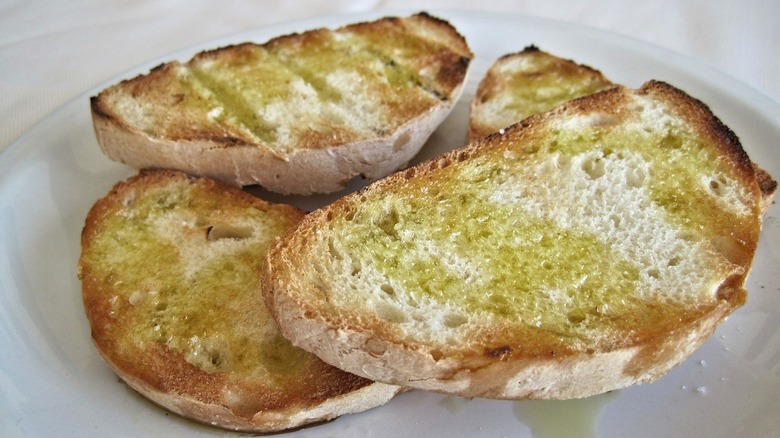Making Organic Extra Virgin Olive Oil The Traditional Way In Tunisia – From Tree To Table
Second Largest Producer of Olive Oil
Tunisia has become the world's second largest producer of olive oil, behind Spain. Production is estimated to have skyrocketed fourfold this year, vaulting the North African country ahead of Italy. Despite its climb up the global ladder, much of Tunisia's oil is made using traditional methods. The olives, for example, are hand-picked. The harvest often begins in late November, as it does here at the family-owned organic olive oil maker, Les Moulins Mahjoub, about 25 miles west of the capital Tunis.
Harvesting the Olives
Men and women fan out into the Mahjoub's orchards with ladders and large nets. The nets are spread around the base of the trees. Pickers climb the ladders and gather the olives by hand. The olives drop onto the net.
Shaking the Nets
Pickers carry the olives in the nets away from the trees. Holding the nets at both ends, the pickers carefully shake the nets up and down – sending the olives into the air to remove the leaves.
A Long Haul
The olives are trucked four miles to the Majhoub's mill in the town of Tebourba, where workers offload the olives and carry them in baskets to the 130-year-old mill.
Pressing and Crushing the Olives
The mill uses a traditional crush-and-press method to make the oil. The olives are washed and then loaded into a crusher. There, they are crushed by two large stone wheels – spinning on their sides – that turn around a central axle in a large basin.
The Crushing Action
The crushing action eventually reduces the olives – pits and all – into a dark paste.
Filtering
Using their hands, workers spread the paste onto fiber mats, which act as filters.
A Tremendous Amount of Pressure
The filled mats are loaded – one on top of another – onto hydraulic presses, which apply considerable pressure and squeeze the mats together for up to two hours. The pressure separates the oil from the olive fruit and pit particles, and the oil is collected.
Seperating the Oil
The resulting olive-water mixture is poured into tanks, where gravity separates the oil from the water. The oil rises to the top of the tank, from where it's removed.
Allowing the Oil to Settle
The oil is loaded into storage tanks. The oil is allowed to settle there for a few months, allowing any remaining fruit particles to drop to the bottom and be removed.
Bottling
The oil is then bottled.
The End Result
The oil is used to prepare a variety of dishes.





